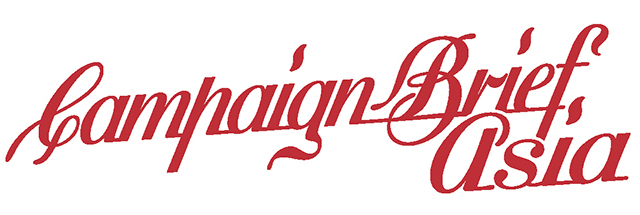Claire Davidson reports on day two of Spikes Asia 2014: It’s a day of girl power, female leadership, telling the truth and resisting the usual
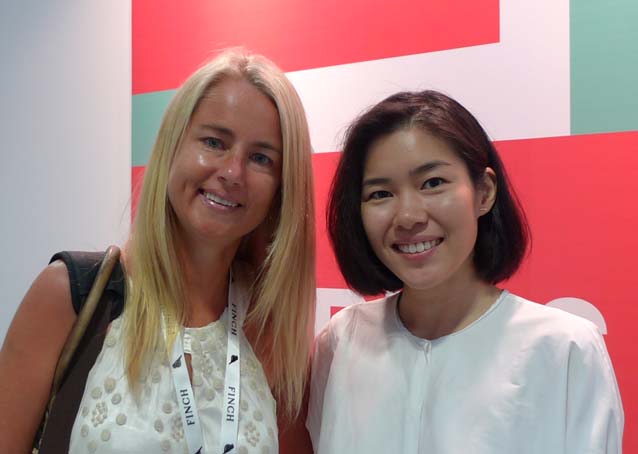 The Sweet Shop’s Claire Davidson is on the ground at The Spikes Asia Festival, at Suntec City in Singapore. Here’s Claire’s highlights of the second day of seminars at the festival.
The Sweet Shop’s Claire Davidson is on the ground at The Spikes Asia Festival, at Suntec City in Singapore. Here’s Claire’s highlights of the second day of seminars at the festival.
Well our Campaign Brief Asia’s Legendary Party to kick off Spikes Asia, hosted by The Sweet Shop, Method Studios, Song Zu and Arcade was a HUGE success last night. Legend will prevail. Singapore’s Gutter Bar has been born. A big shout out and thank you to everyone who came and frolicked amidst the festivities with us.
It was back to the Suntec Exhibition and Convention Centre for me this morning, albeit with a hazy and dazy head.
I took in “The Creative Curve: The Rise of Female Creative Leadership in Asian Advertising” first up today, brought to us by Valerie Cheng, CCO of JWT Singapore and Polly Chu, CCO of JWT Beijing.
Just 3% of the world’s creative directors are women. That’s less than the amount of women in congress. Cheng believes it’s not a gender issue but a business issue.
Women understand consumers, and today it’s generally 70% of women making the purchasing decisions. But the ads are being produced by men. 80% of consumers also believe they are not connected with their brands. Wouldn’t it be far easier if you had a female counterpart to work with? The power of relevancy is just so important in our ever-expanding world of consumerism.
Men and women see things differently and experience different things. Men are from Mars. Women are from Venus. It’s also not just about being a man or a woman though. It’s about being human.
We looked at some successful case studies led by women creatives, such as P&G’s ‘Be Like A Girl / Rewrite the Rules for Always’, P&G’s ‘Best Job’ and Pantene’s ‘Labels Against Women’.

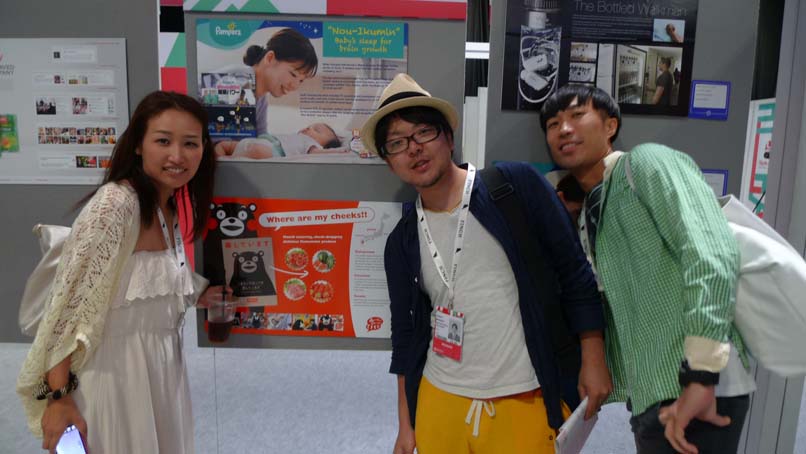
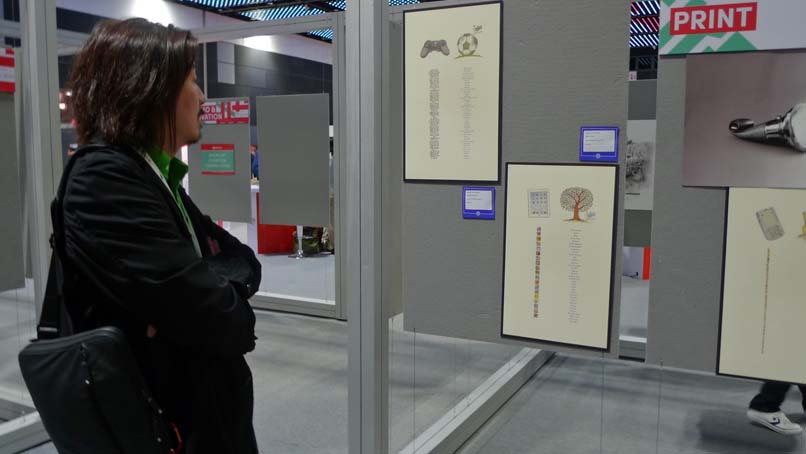
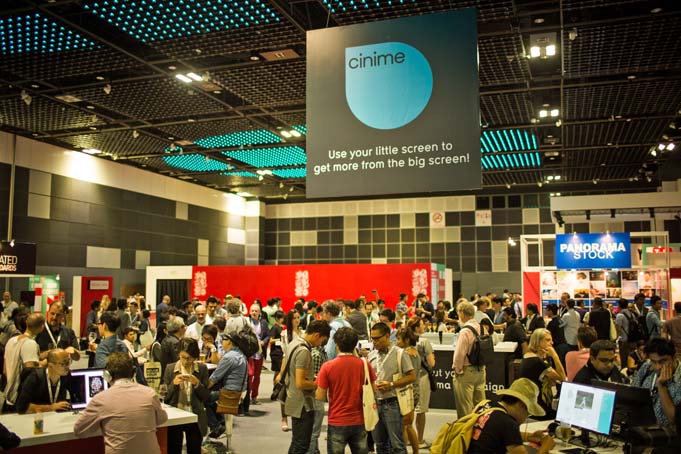 Global study shows 20.3% of creative staff are women. Cheng and Chu asked us:
Global study shows 20.3% of creative staff are women. Cheng and Chu asked us:
~ Is the balance in your company right? Will you make a conscious effort to have a female mix?
~ Is your work culture conducive for everyone (men and women) to have a more balanced life?
~ What efforts have you made to help groom more females in your organization?
Helen Lansdowne Resor joined JWT in 1907 as a copywriter, and became the advertising industry’s first ever creative director. From then on females have had to navigate and overcome many hurdles and challenges in the male dominated world of advertising. This October, in honour of JWT’s 150th anniversary, the agency will launch the Helen Lansdowne scholarship to promote and celebrate women in the industry.
Cheng left us with a quote from Eleanor Roosevelt “A woman is like a tea bag – you never know how strong she is until she gets in hot water”.
Hanyi Lee (another female CCO) of The Secret Little Agency, next brought us “The Truth Is.” Sometimes the truth is good. Sometimes it’s bad. Sometimes it’s embarrassing. Sometimes it’s hurtful. But the one thing that’s certain is that it cuts through immediately.
It’s often hard to tell the truth to clients, to our peers and colleagues, and even to ourselves. In Asia we fear confrontation. But saying what you need to say is often the difference between good work and great work.
What has the truth got to do with innovation? We should start by having an honest talk about innovation. When we apply theory to practice, something always gets lost. You need to fully commit to the idea of innovation and thus shinnovation requires full commitment to the truth. Create shinnovation which lives in the real world. If you don’t have real people in your company it’s difficult to be innovative. Look at Albert Einstein, Steve Jobs and Mark Zuckerberg. Hire experts who are themselves. Create an open environment beyond the open plan office. Open yourself up to criticism and to change. Live young now. Create a new system every single day. Do something different. Don’t take yourself so seriously.
If all else fails, just tell the truth. (in this industry? gasp!)
First up after lunch was Melissa Barnes, Head of Global Brands, Twitter; who brought us “#Live Storytelling”. Project #Live is a documentary that Twitter made earlier in the year, with a focus on how we communicate – live – in the moment. Twitter allows us the ability to see millions of moments that matter, every day in real time. The best brands on Twitter are the brands that are thinking ahead. Twitter sees events from around the globe happening on the platform every second. World leaders today communicate on Twitter. Live TV moments that matter can be seen on Twitter. It’s not about who you know, but who’s most interested in engaging with you, and vice versa. Live cultural moments are shared. There is a hunger for this ‘in the moment’ excitement.
What makes Twitter different is real time. It’s also public. You say something on the platform and anyone can see it. News media use Twitter to source stories and to tell stories. Twitter is conversational, and it’s widely distributed.
The best real time brands plan ahead. They are always on. Every day we see a billion Tweets. Twitter knows when people are tired or hungry or even when you are going to talk about your phone. An Australian Telco tapped into this, and created a campaign to turn your phone into a projector. Brands can penetrate the time when it’s most relevant on Twitter for them. Nike focuses on runners with a campaign between 6.30am and 7.30am. Every day presents an opportunity.
Live can be unpredictable, but it’s also possible to predict what we can expect in those unexpected moments. Whaaaaat! People engage, and are emotionally attached when on Twitter. Brands can have a Twitter activation on top of their sponsorship. Take Coca Cola at the recent 2014 FIFA World Cup. Brands use Twitter to connect their campaigns. Successful brands today are understanding how all platforms can work together for them. They are incorporating the # from multiple messages. They are engaging their consumers.
Barnes also left us with a quote. Hers came from Paul Woolmington who stated: “fortune will favour the bold”.
“Resist the Usual or Disappear” was next up for me, brought to us by Sandy Thompson, Global Head of Planning, Y&R.
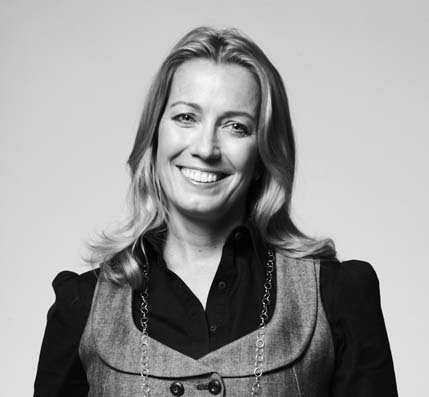 We talk at people. We label them, segment them, and ultimately target them. We treat people whose business we want as targets, but what we really need to do is have people talk about our brands – rather than simply talking at them.
We talk at people. We label them, segment them, and ultimately target them. We treat people whose business we want as targets, but what we really need to do is have people talk about our brands – rather than simply talking at them.
The trust in brands has been in decline over the past two decades. In the US it’s 32%, China 43%, Chile 30% and Australia 20%. The intimacy with brands is also starting to drop.
We have more data, better technology and endless opportunities to connect with people, but it’s not necessarily making us better at what we do. They’re often confused as the necessary pieces of a perfect formula for better communication, and a lot of work that is tested and measured these days comes out worse at the other end. Brands are losing their credibility fast. In Asia 49% would not care if brands disappeared. As a result, brands are becoming perceptually redundant today. Across categories there is less variation between brands.
How do we change this? Stop doing what your competitor is doing. Make your brand more interesting and engaging. Resist the usual, which is easier said than done. To do this you have to have the courage to be different. You have to have the reliability to be unpredictable, the energy to chase opportunities and the bravery to break free from category cadence. Accept your vulnerabilities. Have the fearlessness to polarize. Have the creditability to say no and the creativity to get talked about.
TV is not dead. We may be watching it on a different screen, but we are watching more TV than ever before. The broadcast industry is kicking arse. Today content is delivered and consumed through competing platforms. Broadcast has embraced the world of consumption. The content and characters they create resonate with consumers.
What makes something creatively engaging and something else not? Real people in the real world are interested in people and brands, not trying to be perfect versions of themselves. But we spend so much time trying to perfect everything. Embrace flawed over flawless. Embrace imperfection over impeccable. What would have been mundane or expected becomes inherently interesting and unforgettable. Conflict is honest. Exposing it is contagious.
Tension + Irresistibility = Tensity
We want people to come to us, instead of us talking at them. We used to try and lock brands into clever positioning statements, ultimately tying them down with single-minded propositions based on one thing. Above all else, apart from being different, figure out what makes your brand interesting and engaging people to talk and find out more.
Stop being afraid of your vulnerabilities. Embrace inexperience as insight into what you don’t know you don’t know. Stay fluid to stay interesting. People are used to adapting and changing with the times, knowing that change Is not only acceptable, but also interesting. Embrace new technology and platforms. Tell stories. Engage fans. Update. Act fast and learn fast. Surprise and delight, not confirm and contain. Encourage clients to measure for engagement, not reasons to believe. Things get more interesting the less perfect they are. They get more time when the mystery surrounding them leaves us wanting more. They get more engaging when we create something to talk about.
Four speaker sessions for me today. All presented by women. #girlpower
Claire Davidson, Executive Producer ASIA & MENA @ The SweetShop, reporting for Campaign Brief Asia at Spikes Asia 2014.
